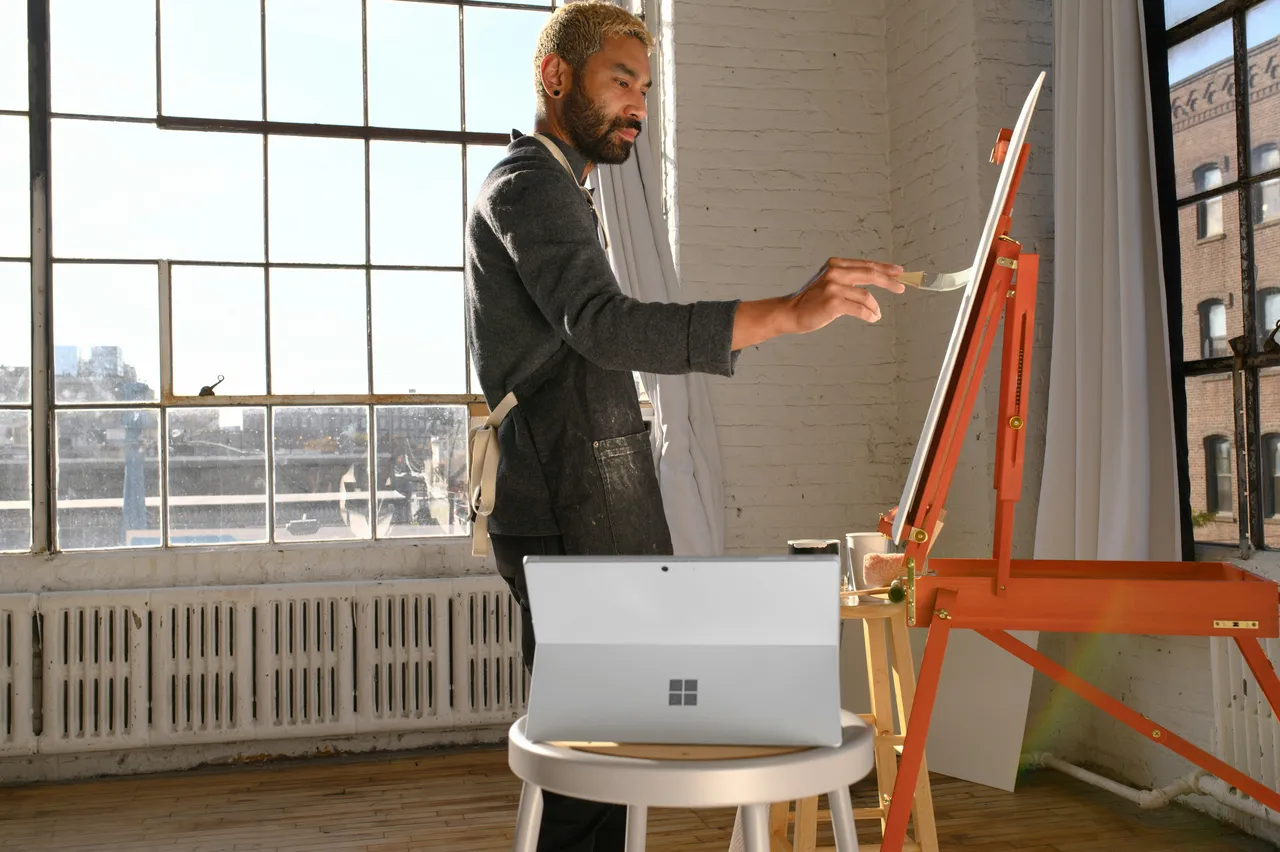Futuristic Foods: How Lab-Grown Meats and 3D Printed Meals Are Changing Diets
Welcome to a journey into the future of food, where lab-grown meats and 3D printed meals are not just concepts but emerging realities. These innovations promise to redefine our diets and address sustainability challenges, marking a significant shift in how we think about food production and consumption.
The Rise of Lab-Grown Meats
The concept of lab-grown meat, also known as cultured or cell-based meat, is fascinating. It involves cultivating meat from animal cells in a lab, eliminating the need for traditional livestock farming. This revolutionary approach aims to reduce the environmental impact of meat production, including land use, water consumption, and greenhouse gas emissions. Companies like Memphis Meats and Mosa Meat are at the forefront, working to bring these products to market. While the idea of eating meat grown in a lab might seem unconventional, it holds the promise of a sustainable future, with the potential to significantly lower the ecological footprint of our diets.
However, the path to widespread adoption of lab-grown meats is fraught with challenges. There are technical hurdles in scaling up production to meet global demand, as well as regulatory obstacles to ensure safety and labeling. Moreover, public perception and acceptance play a crucial role. Educating consumers about the benefits and safety of lab-grown meats is essential for overcoming skepticism and fostering a shift towards these innovative foods.
The Advent of 3D Printed Meals
3D food printing represents another groundbreaking shift in culinary science and technology. With the ability to precisely control ingredients and nutrition, 3D printed meals can be customized to meet individual dietary needs and preferences. From intricate chocolate sculptures to pizza and pasta, the possibilities are as vast as the imagination. Companies like Natural Machines with their Foodini printer, are making strides in making 3D food printing accessible to both professional kitchens and consumers.
The potential benefits of 3D printed food extend beyond novelty. For individuals with specific dietary restrictions or nutritional requirements, 3D printed meals offer a new level of customization. Additionally, this technology could play a crucial role in reducing food waste by using ingredients more efficiently. As the technology matures, we may see a future where 3D printed meals become a common sight in homes and restaurants, offering a blend of convenience, sustainability, and personalization.
Challenges and Considerations
Despite the excitement around lab-grown meats and 3D printed meals, there are significant challenges to overcome. Consumer acceptance is perhaps the biggest hurdle, as people are generally hesitant to embrace unfamiliar foods. There are also questions about the long-term health impacts of consuming these foods, which require thorough scientific investigation. Moreover, regulatory frameworks need to evolve to address these new food technologies, ensuring safety and transparency for consumers.
Another consideration is the cultural and ethical implications of these innovations. Food is deeply ingrained in our cultures and societies, and any significant changes to how it is produced and consumed will have far-reaching effects. It is crucial to engage in open and inclusive dialogues about the future of food, considering not only the technological and environmental aspects but also the social and ethical dimensions.
The Future Plate
As we stand on the brink of a new era in food technology, the future of our diets looks both exciting and uncertain. Lab-grown meats and 3D printed meals offer a vision of a more sustainable and efficient food system, but realizing this vision will require innovation, regulation, and education. The journey ahead is complex, but the potential rewards for our planet and our health are immense. Embracing these futuristic foods could mean stepping into a new world of dietary possibilities, reshaping our relationship with what we eat and how we produce it.
In conclusion, the emergence of lab-grown meats and 3D printed meals encapsulates the essence of innovation in the food industry. As we explore these uncharted territories of creativity, we are not just reimagining the future of food but actively participating in its creation. The road ahead is filled with challenges, yet the promise of a sustainable and nutritious food system is a goal worth pursuing. Join us in this fascinating journey of discovery and inspiration, as we explore the boundaries of what is possible on our plates.
This article was developed using available sources and analyses through an automated process. We strive to provide accurate information, but it might contain mistakes. If you have any feedback, we'll gladly take it into account! Learn more
